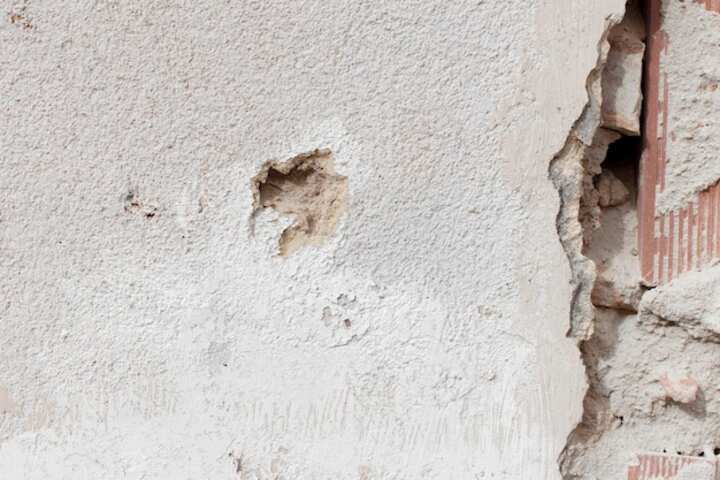
Trusted Mold Inspection & Remediation Services Near You
Mold growth in homes and commercial buildings is a concern for many property owners due to the potential health risks and property damage it can cause. When it comes to addressing mold problems, finding reliable mold inspection and remediation services is crucial. This article provides essential information about mold inspection and remediation, guiding you to choose the right services to ensure a safe and healthy environment.
Understanding Mold Inspection
Mold inspection is a comprehensive process that involves assessing a property for mold growth and identifying the types and concentrations of mold present. It is a critical first step in addressing any mold-related issues.
Components of Mold Inspection
- Visual Assessment: Inspectors conduct a thorough visual examination of the property to identify visible signs of mold growth.
- Moisture Mapping: Moisture is a key factor in mold growth. Inspectors use specialized tools to identify moisture sources and areas susceptible to mold development.
- Air Sampling: Air samples are collected to measure mold spore concentrations in the air. This step is crucial for identifying hidden mold not visible to the naked eye. Read more about this topic.
- Surface Sampling: Sampling of surfaces may be conducted to determine the type of mold present.
- Documentation: A detailed report is provided, summarizing the findings and suggesting remediation strategies.
The Importance of Mold Remediation
Once mold is detected, remediation is necessary to eliminate mold and prevent its recurrence. Proper mold remediation ensures the safety and well-being of occupants and protects the structural integrity of the building.
Steps in Mold Remediation
- Containment: Affected areas are isolated to prevent the spread of mold spores during the cleaning process.
- Air Filtration: High-efficiency air filters are used to capture airborne mold spores, ensuring cleaner air quality. Learn more in this detailed guide.
- Removal of Mold-Infested Materials: Materials severely infested with mold, such as drywall or carpeting, are safely removed and disposed of.
- Cleaning and Disinfection: Surfaces are cleaned and disinfected using specialized solutions to remove mold colonies effectively.
- Restoration: Any damaged materials or structures are repaired or replaced to restore the property to its original condition.
Choosing Trusted Services
Selecting a reliable mold inspection and remediation service provider is crucial for effective problem resolution. Here are some factors to consider when making your choice:
- Certification and Experience: Ensure the service provider has the necessary certifications and extensive experience in mold inspection and remediation.
- Comprehensive Services: Opt for providers that offer a full range of services, from initial inspection to complete remediation, including air sampling. Explore further insights here.
- Customer Reviews: Customer feedback can provide valuable insights into the quality of service. Check out customer reviews here.
- Transparent Pricing: Choose providers that offer clear and upfront pricing without hidden fees.
- Insurance and Guarantees: Ensure the provider offers insurance and guarantees for their work, providing peace of mind.
Conclusion
Addressing mold issues through professional inspection and remediation is vital for maintaining a healthy living or working environment. By understanding the processes involved and choosing reputable services, property owners can effectively manage and prevent mold growth. Find additional information here. Taking these steps ensures the safety and well-being of occupants while protecting property investments.